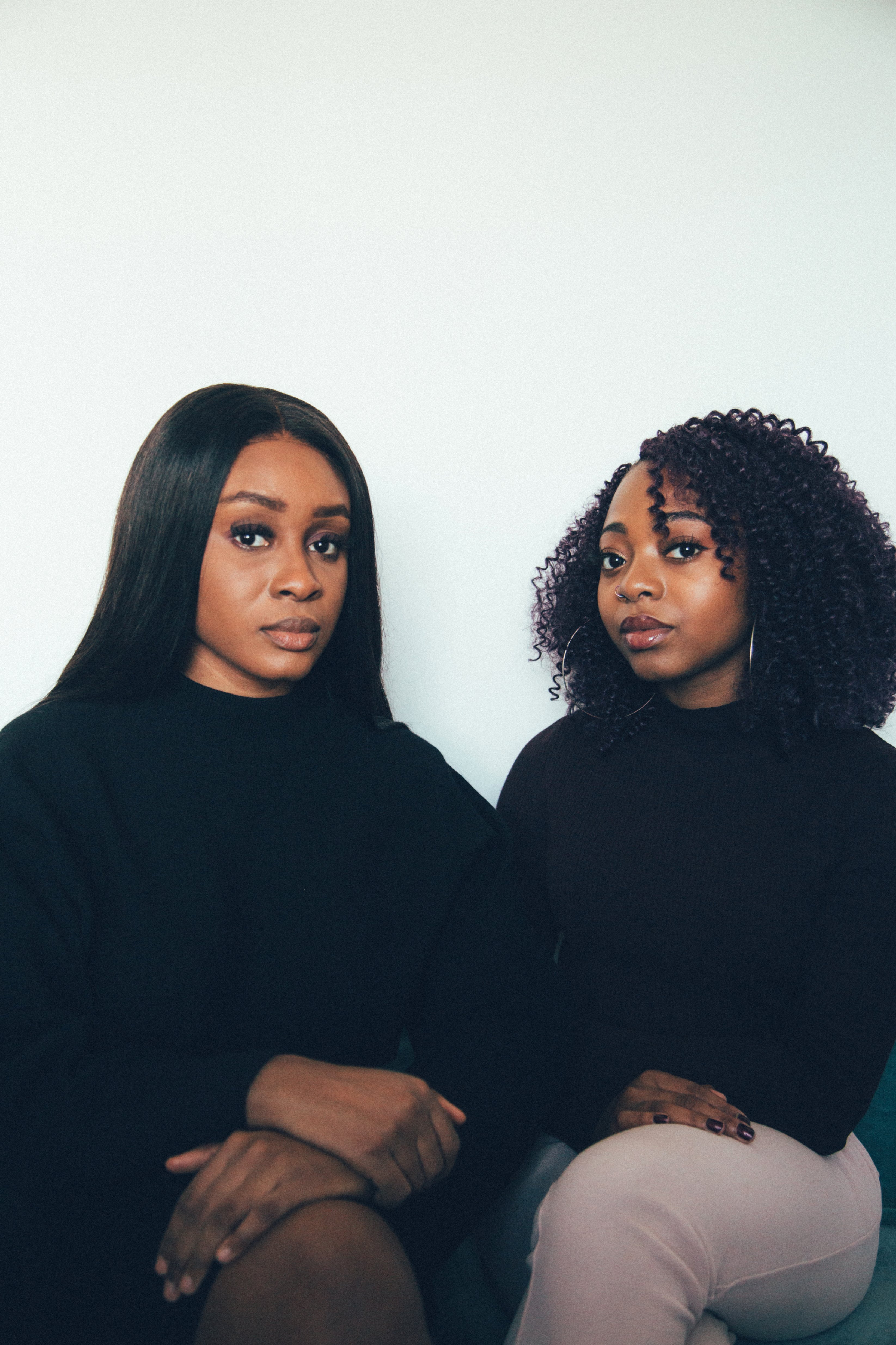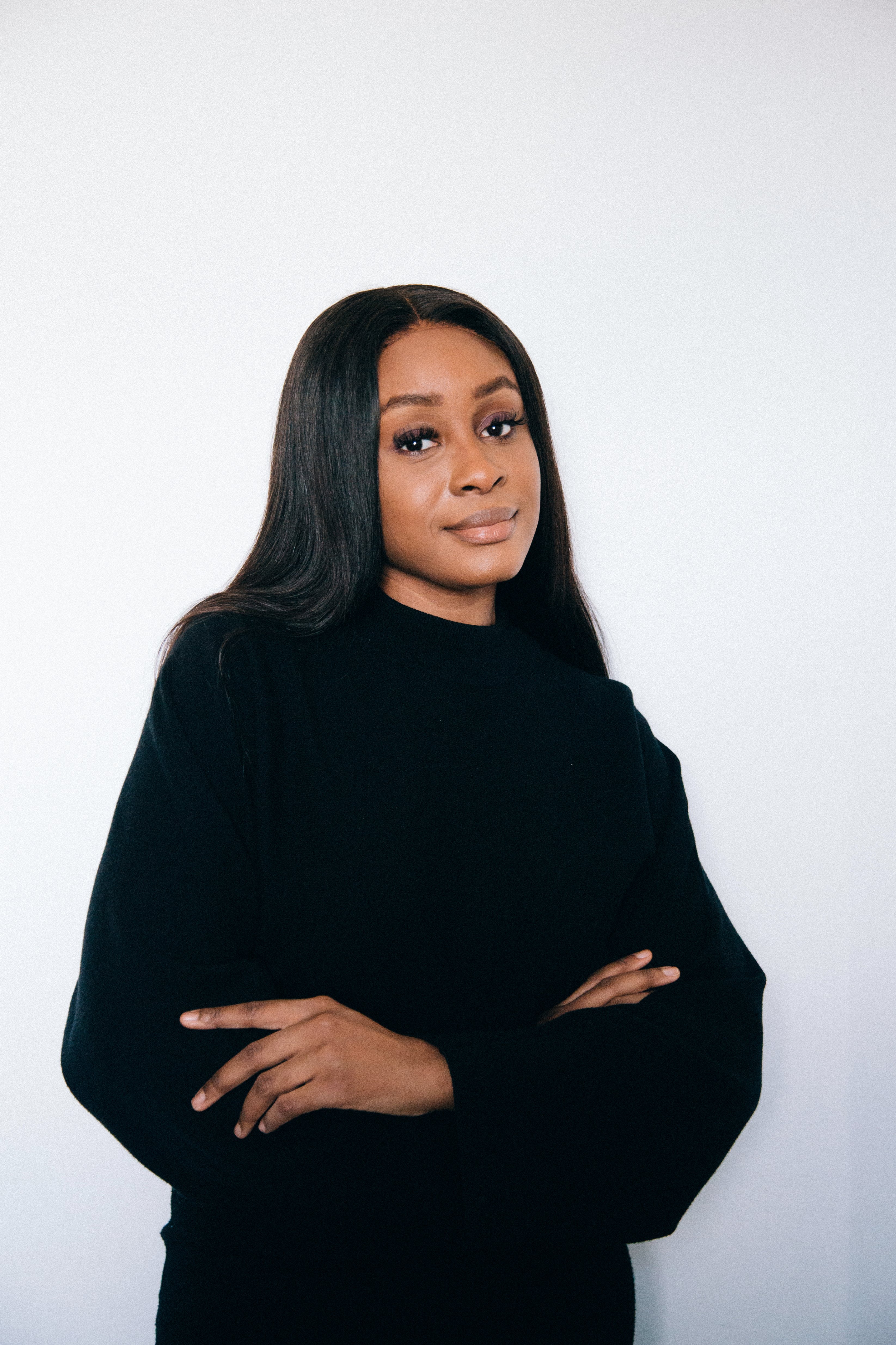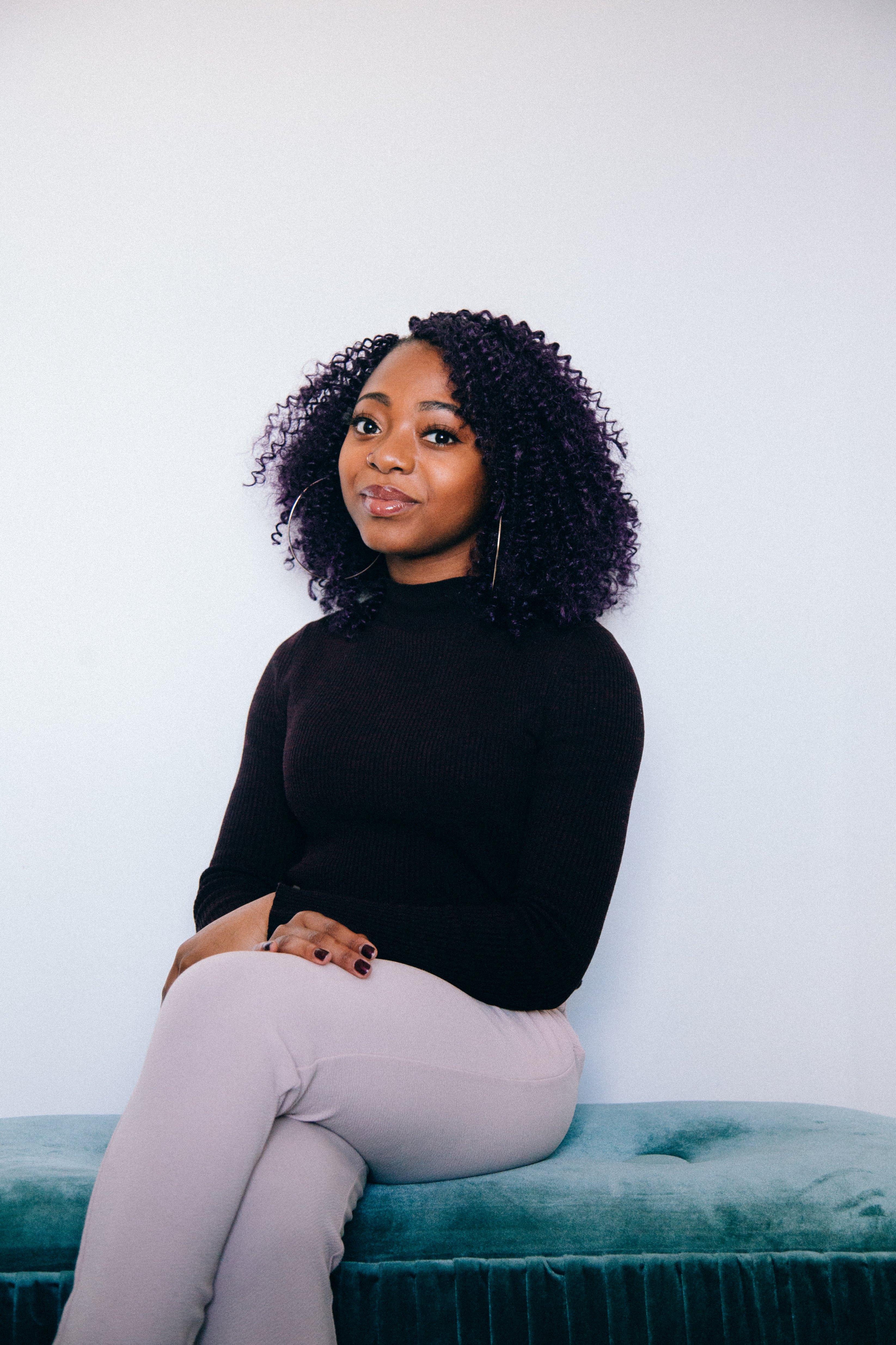Returning ill-fitting clothes is not only frustrating for shoppers, it also has a high environmental cost. To address this issue, entrepreneurs Judith Omoregie and Elizabeth Blege teamed up to develop a solution tailored to each shopper. In the process, they are taking their community, namely the efitter tribe, on an educational journey towards more sustainable shopping.

Omoregie and Blege had both experienced the inconsistency of online clothing sizes. There was often no true way of telling whether orders would fit them adequately, so they would order multiple sizes of the same item and return the ones that do not fit. Omoregie had begun working on ways to solve this problem, while Blege had just started her own made to measure fashion brand. They began to notice the connection between their work when Omoregie started discussing her brand, and the intersections between fashion and technology, on public platforms. “ We started working together, because it made sense,” says Blege. “We were doing kind of the same thing at the same time, and we had complementary skills. It was kind of a no-brainer.”
Since its inception, efitter has aimed to solve the problem of poor sizing and fit. The journey so far has been about discovering what their users would respond to and use, says Omoregie. “We always wanted to solve this problem, but we didn’t know what the product would look like.” To start out, they built an online community, known as the efitter tribe, through social media and their podcast The FIT (Fashion, Innovation and Tech). Everything they have done with their community, from marketing to beta-tests, has been used to inform the final product.
“The gap in the market was unique. It’s not like fit tech solutions haven’t existed before us, they have but they haven't quite solved the problem,” Omoregie says. “Even though they had all the data, metrics, and the sizing charts that have existed for years, it still was not personal enough to solve the problem for each consumer, one-on-one.”
What separates their brand is a google chrome extension in the form of a chat that is consumer facing first and foremost, as opposed to other fitting tech solutions, which usually have business-to-business models integrated on retailer websites.
Reni Abina on the Ups and Downs of Running a Fashion Brand in Nigeria

Their research into the shopping habits of millennial women and the consequences of returning clothes, 61 percent of which is due to poor fitting in the (UK), led them to the question of sustainability. Blege admits that it was not something they had been thinking about during efitter’s original inception. Expanding on the issue of environmental consequences, she explains that returned items often end up in landfills. “Fashion brands are generating new products every week,” says Blege. “If brands have a twenty-eight-day return window and you return an item on the third week, then the brand is no longer selling that product. Since they can’t resell it, they tend to dump it in a landfill. That’s when we realised that the problem that we’re solving is more than just fit. There is a really big environmental issue here.”
The fashion industry is the second most polluting industry in the world. With all the learning they had done on how the industry contributes to climate change, Omoregie and Blege decided to shape their brand around educating their community about sustainability in fashion and existing tech solutions. “It made it even more important that we solve this problem, because it’s more than just the individual consumer,” Blege says. “There is a huge impact on the planet.”
Environmental consciousness is growing among consumers. Omoregie recounts the outrage when brands were unable to fulfil orders during the COVID-19 pandemic. “The pandemic meant that people were more clued up on how fashion works,” she says. “We began asking ourselves where the clothes were going if no one was wearing them. And what impact does it have on the people making the clothes? As efitter, we wanted to let consumers know that they had power and that their voices could make a difference. We’re encouraging consumers to be more aware of which brands are doing what and what they stand for and how their shopping habits can change that.” Through the FIT podcast, they have introduced their audience to different tech solutions aimed at improving consumers’ relationship with their clothes, from restyling to mending. Through it all, efitter’s goal is to help its tribe begin wherever they may be in their sustainable consumption journey, without judgment or condemnation.
It has been a difficult but fulfilling journey for both founders. “Since the most important thing was building the community first, we’ve enjoyed doing the podcast and learning new skills like editing episodes. We were also learning about consumer shopping habits in real time which informed our content and it informed how we perceived consumer behaviour before the pandemic,” Omoregie says. They both found that one of the more interesting parts of consumer behaviour was how irrational it can be. “When you sit down and reflect on why you’re buying something, it doesn’t make sense,” Omoregie adds. “[They] use psychology really well to manipulate you into doing something that you otherwise wouldn’t do,” says Blege of common retailer tactics used to reel in customers. In one of their Instagram posts efitter shared some of the methods used by retailers that ultimately contribute to Buying-Shopping Disorder, a phenomenon of excessive and uncontrolled shopping.


